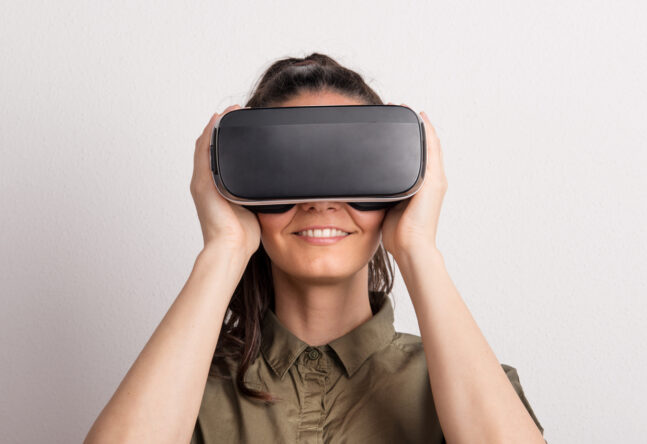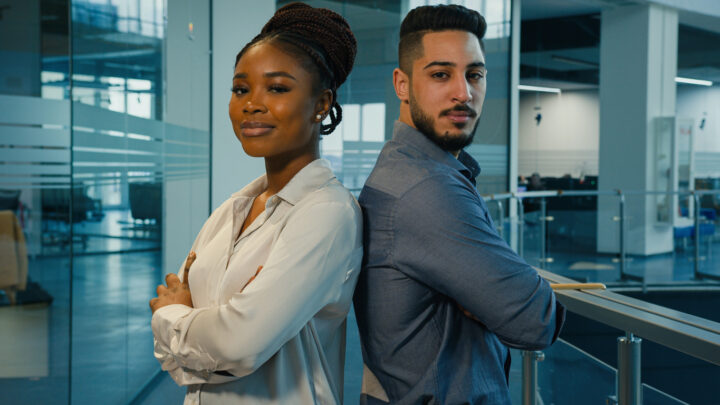They say the majority of our communication as humans is non-verbal, and that’s true.

Think about it: Even if they don’t say a word, someone’s face and body language can be worth a thousand of them, that’s for sure. That’s why it’s important to be cognisant of how you carry yourself and the signals you may be giving off without even realising. Here are some non-verbal cues you’ve probably never even considered.
1. The coffee cup reveal tells more than you think.

When someone holds their coffee cup or drink with both hands, they’re unconsciously creating a barrier between themselves and other people. I noticed this during a tense meeting a few weeks back when my colleague clutched her mug like a shield. It’s a comfort gesture we do when we’re feeling unsure or need a moment to process. The next time you see someone double-gripping their drink, they might be feeling more vulnerable than they’re letting on.
2. Your feet always tell the truth.
 Source: Unsplash
Source: Unsplash You’re at a party, stuck in a conversation that’s dragging on, and while you’re nodding politely, your feet are pointed toward the door. Our feet instinctively point where we want to go, even when we’re being polite with our upper body. Watch people’s feet during group conversations — hey’ll point towards the person they’re most interested in or comfortable with.
3. The power pause changes everything.
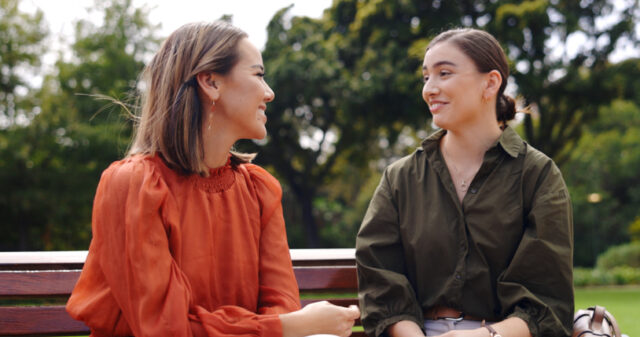
During presentations, I used to rush through points like I was racing the clock. Then I learned about purposeful pauses after making key statements. It’s amazing how a three-second pause makes people lean in and actually absorb what you’re saying. Those moments of silence aren’t awkward — they’re powerful.
4. Real smiles crinkle the eyes.

My friend can always tell when I’m faking enthusiasm, and it took me ages to figure out why. Genuine smiles involve the muscles around your eyes, creating those little crinkles. These “Duchenne smiles” are nearly impossible to fake consistently. When you see those eye crinkles, you’re witnessing authentic joy.
5. The palm position speaks volumes.

Think about the last time someone gave directions — palms up feels like a suggestion, palms down comes across as a command. It’s fascinating how this tiny detail changes everything. When you want to appear non-threatening in a discussion, keeping your palms visible and up makes people significantly more receptive to your ideas.
6. Mirroring happens when connection is real.

You’re having coffee with someone and suddenly realise you’re both leaning forward, or you’ve both crossed your legs the same way. This unconscious mirroring happens when people are genuinely connecting. The trick is noticing it rather than forcing it — natural mirroring is a sign of authentic rapport.
7. The height of your hands shapes perception.
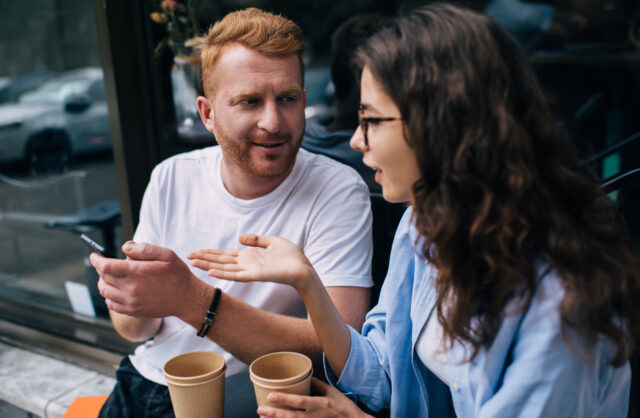
During conversations, the height at which you gesture actually influences how people perceive your ideas. Gesturing above your shoulders often comes across as emotional or excited, while keeping hands between chest and waist height suggests confidence and control. It’s subtle but makes a real difference in how your message lands.
8. The power of the head tilt.

Ever notice how dogs tilt their heads when they’re really listening? Humans do something similar. A slight head tilt during conversation shows genuine interest and empathy. It’s one of those natural gestures that, when authentic, makes people feel truly heard.
9. Crossed arms aren’t always defensive.

Sometimes you cross your arms because you’re cold, or it’s comfortable, right? Exactly. While crossed arms can signal defensiveness, context matters more than the gesture itself. Pay attention to what else is happening — crossed arms with a genuine smile and engaged expression probably just means someone’s comfortable.
10. The subtle shoulder shift signals interest.

When someone’s shoulders turn to face you directly during a group conversation, they’re subconsciously showing interest. I started noticing this at networking events — people’s shoulders are like compasses pointing to where their attention really lies. It’s a reliable tell for genuine engagement.
11. Personal space preferences reveal culture.
 Source: Unsplash
Source: Unsplash That awkward dance of stepping closer or backing away during conversation isn’t random. Different cultures have different comfort zones for personal space. North Americans typically prefer about arm’s length, while many Mediterranean cultures are comfortable with much closer distances. Understanding this prevents misreading someone’s spacing as rejection or aggression.
12. The confidence is in your crown.
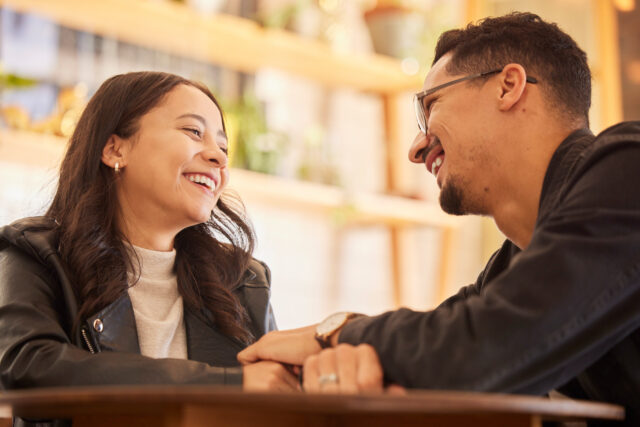
The way you hold your head changes everything about how you’re perceived. A slightly lifted chin with your head level projects natural confidence, while a downward tilt can make you appear either submissive or judgmental. Small adjustments to head position can transform your presence.
13. Your hands tell your stress story.
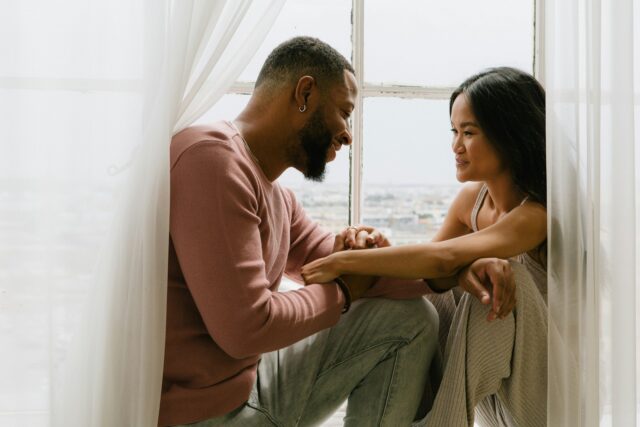 Source: Unsplash
Source: Unsplash Watch someone during a tense moment — they might touch their neck, fiddle with jewellery, or adjust clothing without realising it. These self-soothing gestures are like little stress signals we send without meaning to. Recognising them helps you notice when someone might need support or space.
14. The eyebrow flash is universal.
 Source: Unsplash
Source: Unsplash That quick lift of the eyebrows when you see someone you know? It’s called the eyebrow flash, and it’s one of the few truly universal greetings across cultures. This split-second gesture happens unconsciously when we’re genuinely pleased to see someone. You can’t fake the timing — it’s nature’s way of signalling real recognition.

